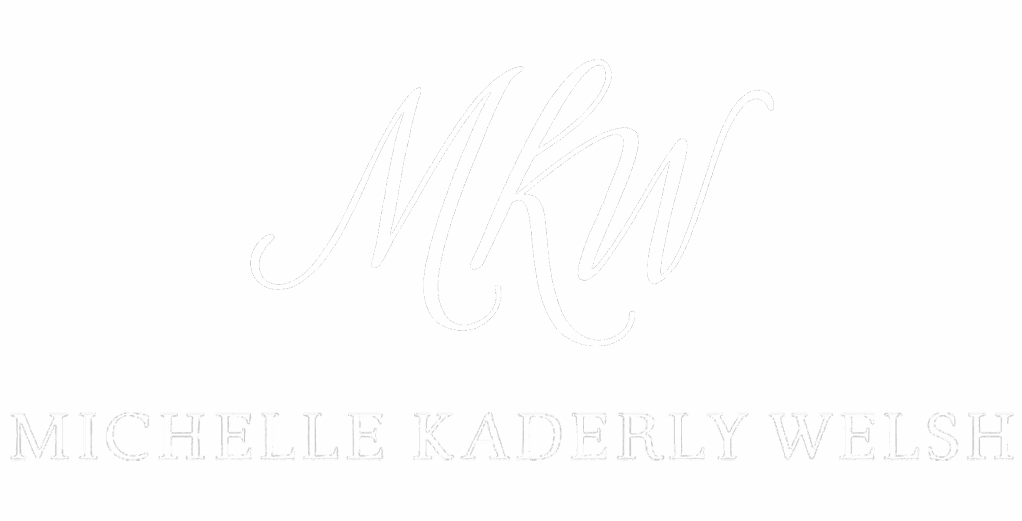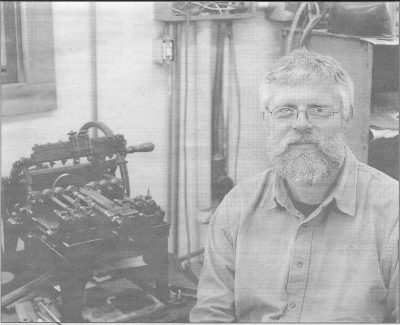Beauty is everywhere. We can find it in a muffled snow covered woods or in the face of a newborn babe. We can find beauty in a poem or in a painting. There is even beauty in common things such as a table, a vase, or a pen.
Lynn Sorgatz, of Orfordville, is an avid collector and trader of fountain pens. He is also a self-proclaimed history buff who happened to discover the unique art of pen making.
While working for Parker Pen in Janesville, Lynn helped put together a special tour for the Pen Collectors of America. He poured through the archives and read the original catalogs and newsletters of George Parker. He discovered beautiful old pens that were to be laid out for the collectors to admire.
A coworker and pen collector invited him to go to a pen show in the early 1990s. “I didn’t expect what I saw—a huge room with thousands of pens. After awhile they all started looking the same.”
Despite being initially overwhelmed, he was hooked.
Today, he is an expert in his own right. He is very knowledgeable about old Parker pens. He has worked hard to be able to identify them and can tell if something is rare by looking at it, something others might miss.
Lynn isn’t sure how many fountain pens he has in his collection, but he estimates between four and five hundred. The collection includes Parker pens made in Janesville and Century pens made in Whitewater, all prior to 1920. He prefers these pens because they are made of hard rubber and have a simple filling system. Automatic filling systems began in 1910 and “are pretty crude”. Before that to fill a pen, one unscrewed the front and filled it by squirting ink with a little eyedropper.
Some pens are expensive, but he likes the early rubber ones that are not usually costly. Other collectors enjoy the fancier ones. His collection does include some rare pens such as a 1902 physician’s pen—it is a fountain pen on one end and a thermometer on the other! There are only three or four known to be in private collections worldwide.
According to “Creating the Classics” by Rhonda J. Foster in the August-September 2008 issue of Stylus, Lynn’s oldest pen in his collection is a Parker circa 1891. He also has a pen that was first purchased on June 7, 1900—still in its original box and never having had ink in it.
He has found his pens on e-bay, at pen shows, flea markets, and antique shows. People have called him if they have found a pen in their attic. It is always fun to learn how they got the pen, he said. Sometimes he buys pens to turn around and sell for another he really wants.
In Foster’s article, she said that Lynn gets a lot of international attention for “restoration of expensive pens and the creation of his own pens.”
Pen making is a talent he started about eight years ago. Using machines he has designed himself, along with some he has purchased, Lynn has successfully created a niche for himself in the pen world.
Currently, he is designing a pen for a man in Maryland who will sell it in the European market. He has been working on this pen for a couple of months. Other pens have taken hours or a few days. It all depends upon the pen.
He owns a 1910 chasing machine that is used to put a decoration pattern on a pen or for inscribing little lines. Some of his pens have gold filigree, some pearl—“all are pretty in their own right”. He has a better appreciation for what a machine does when he makes it himself.
“Things have become so automated that we take things for granted. It is more challenging and fun to make tools as you go along,” he said.
He has sold pens in almost every state in the union and in countries all over the world.
Each pen has eight pieces. He uses little tools to put on the numerous angles. Each angle is 22.5 degrees (so they all add up to 360 degrees). This is very delicate and precise work. Patience is very important. Etching a pattern may take four hours! Each piece is .032 thick, 3/16th wide and two inches long. Pen sizes vary, but he has it down to a science after all these years. It used to take an hour to do one piece, now he can accomplish it in five or ten minutes. Each time he creates, it gets easier. He has worked out some time saving methods along the way.
Most days find Lynn in his workshop carefully creating little masterpieces for others to enjoy. Perhaps they will be in someone’s collection. Perhaps they will be used to write poetry or to sketch portraits. Of one thing, you can be certain, each is pretty in its own right with its own very special purpose—much like most created things.
Story By Michelle R. Welsh
Photo By Ed Mikkelson
Originally published in the Brodhead Independent-Register, January 14, 2009.
Discover more from Michelle Kaderly Welsh
Subscribe to get the latest posts sent to your email.




No responses yet